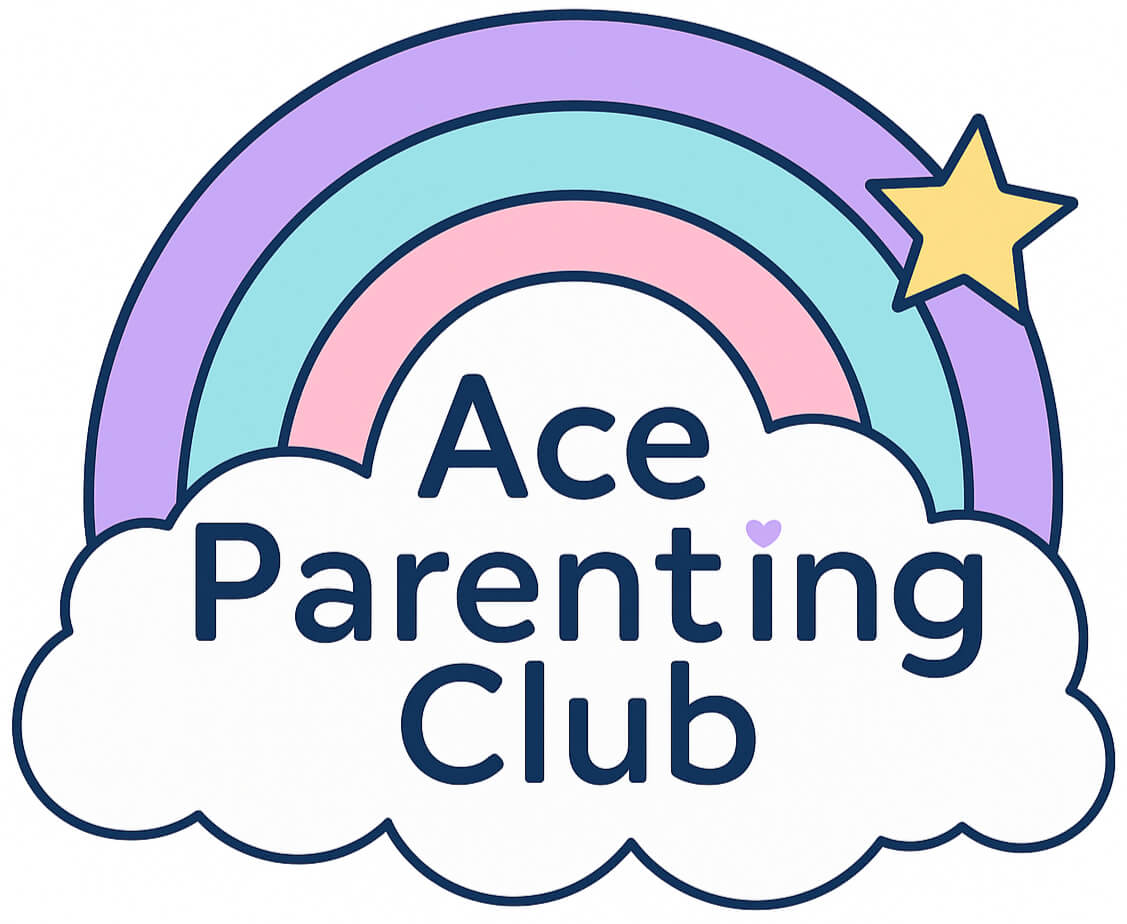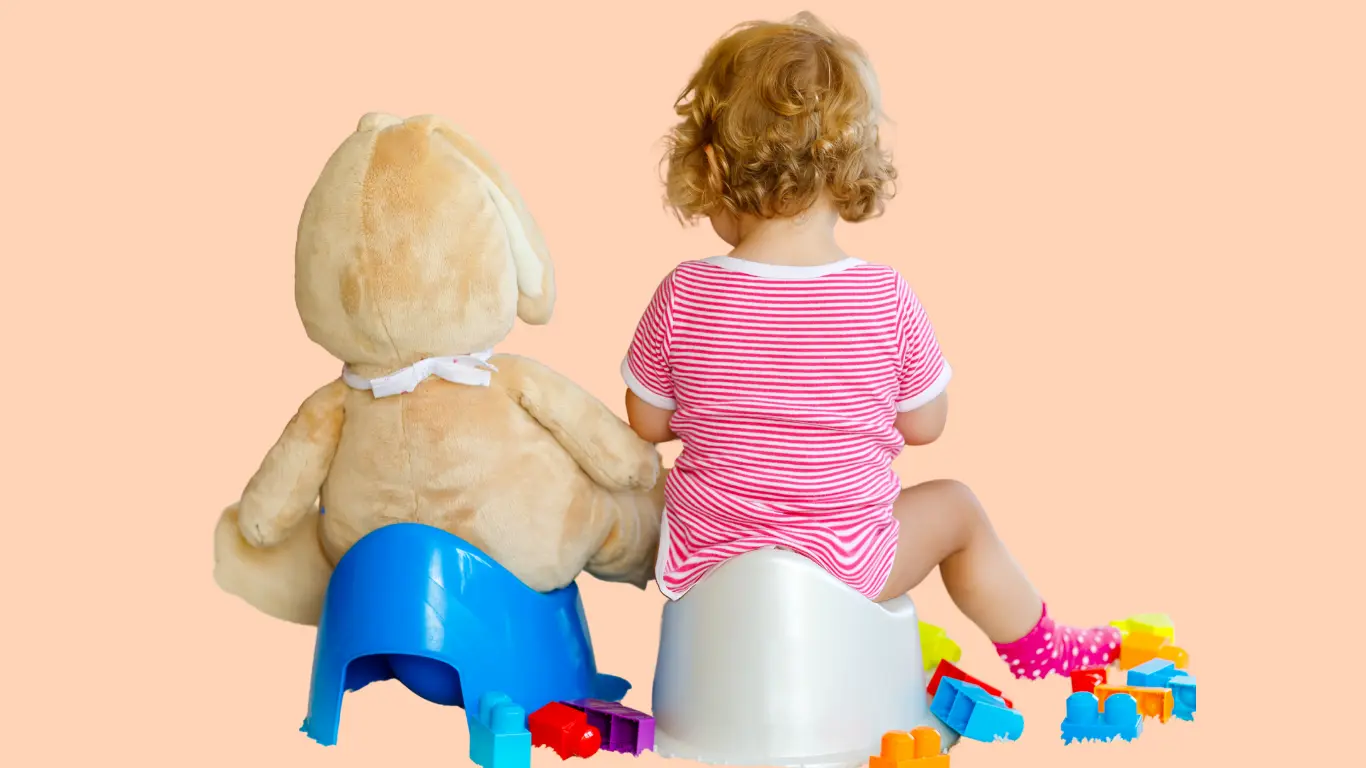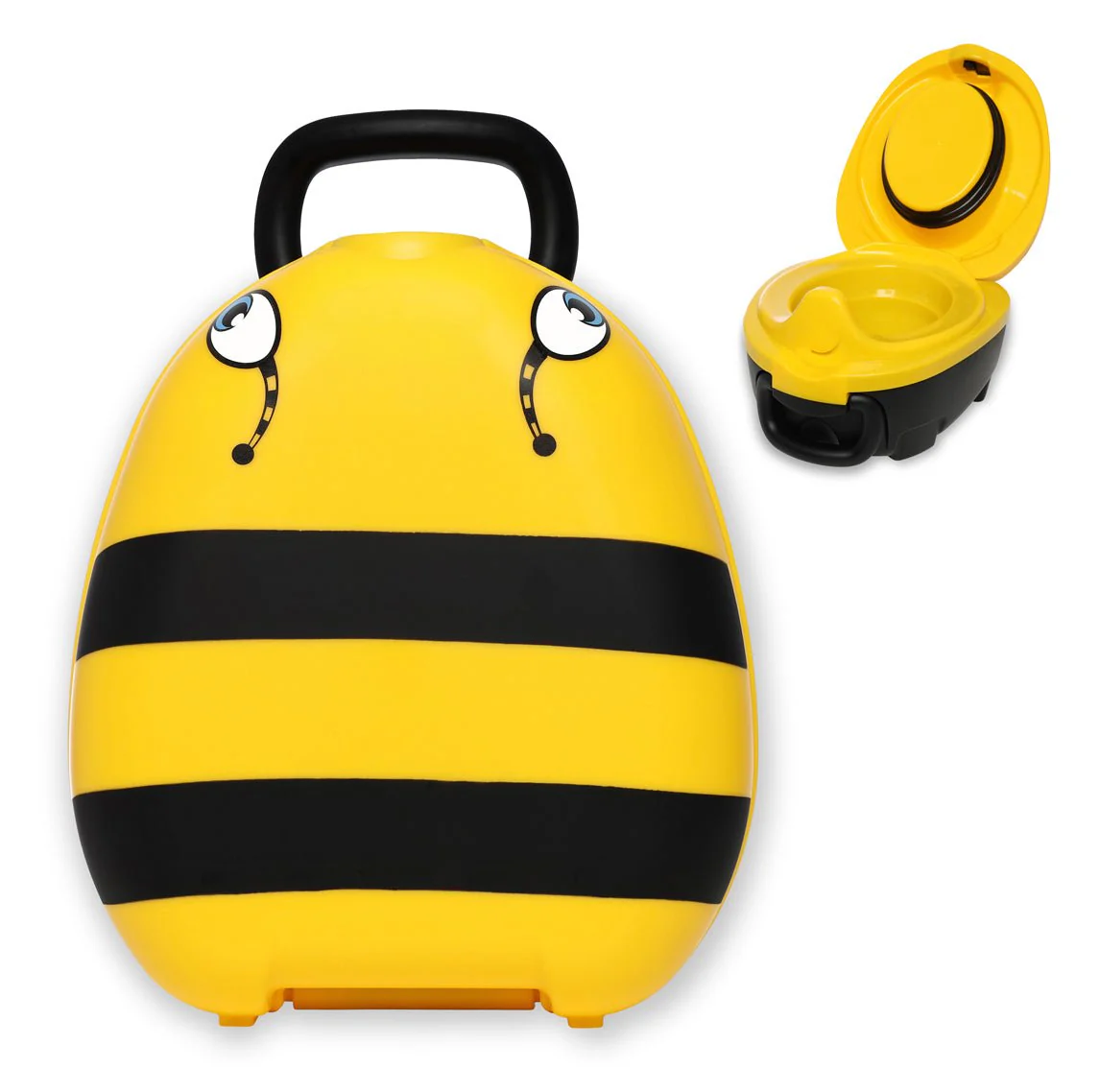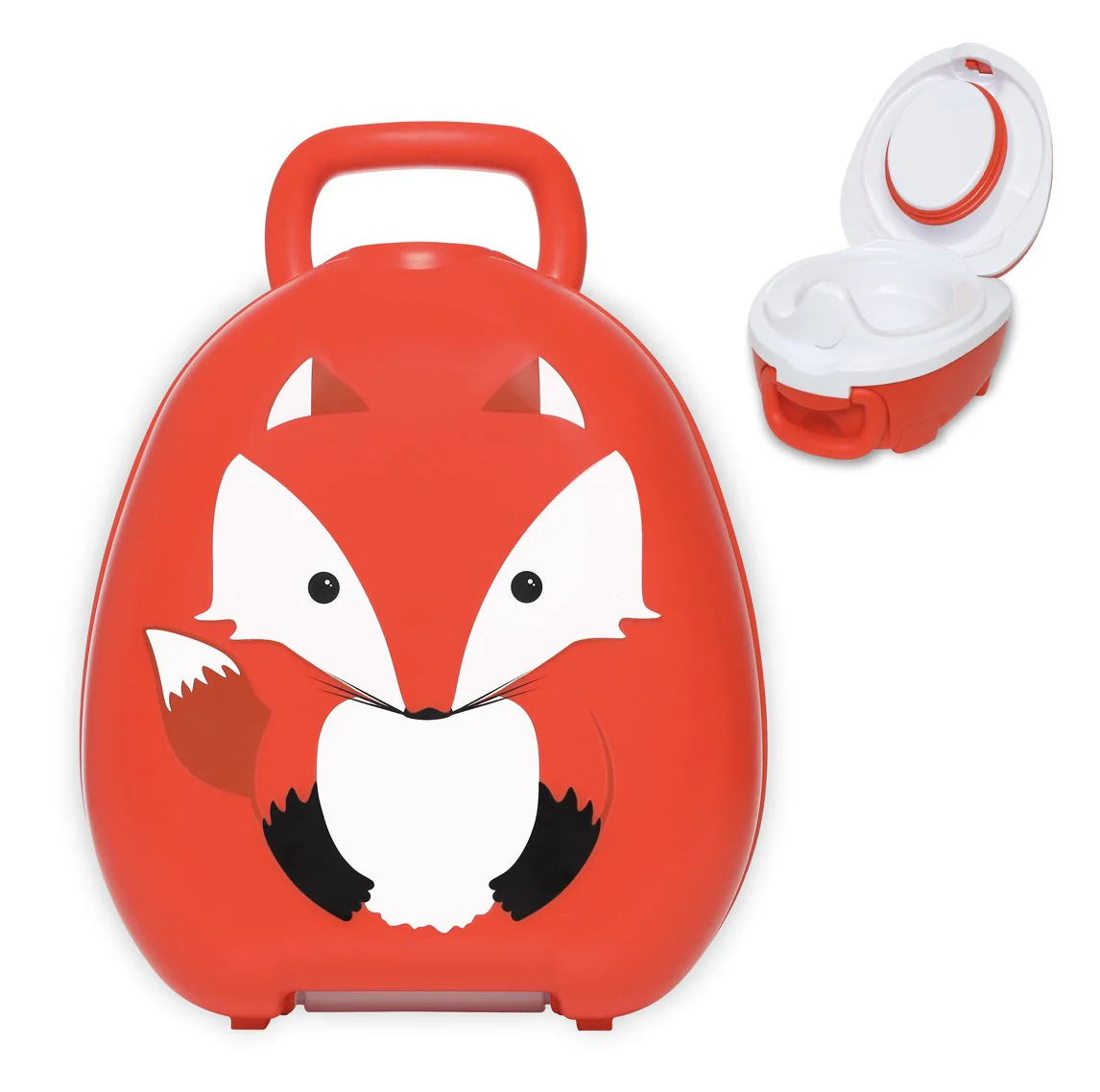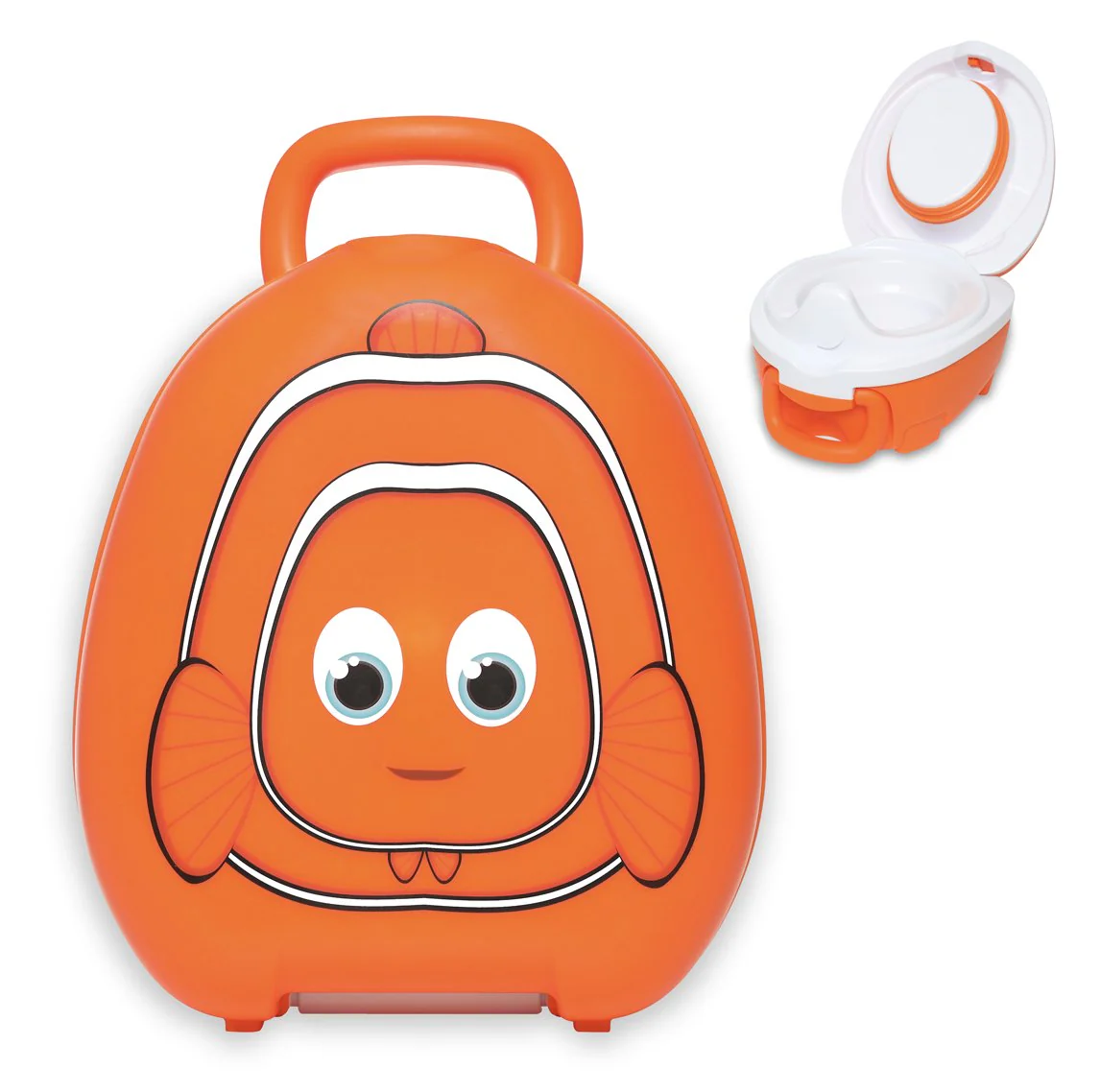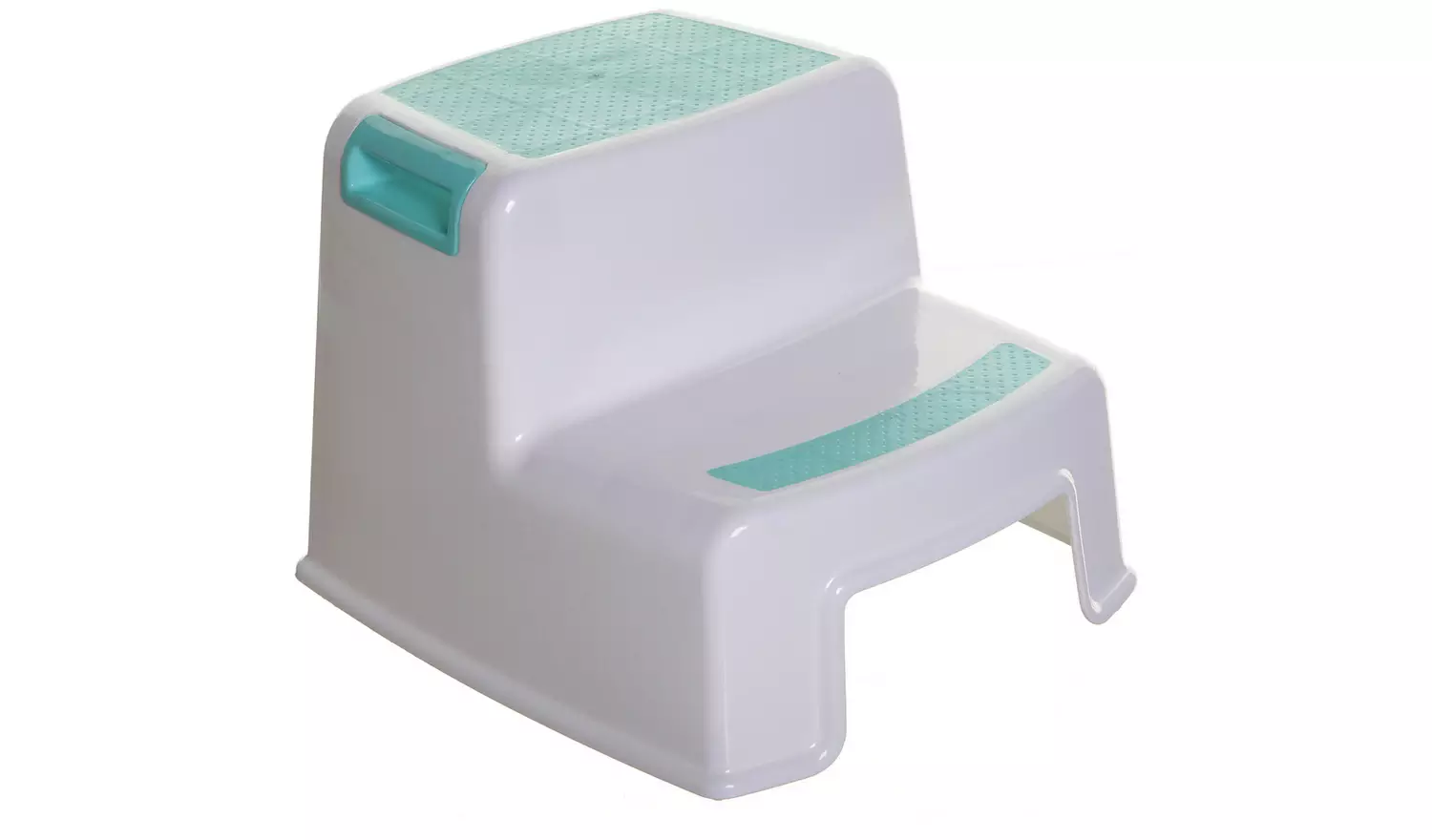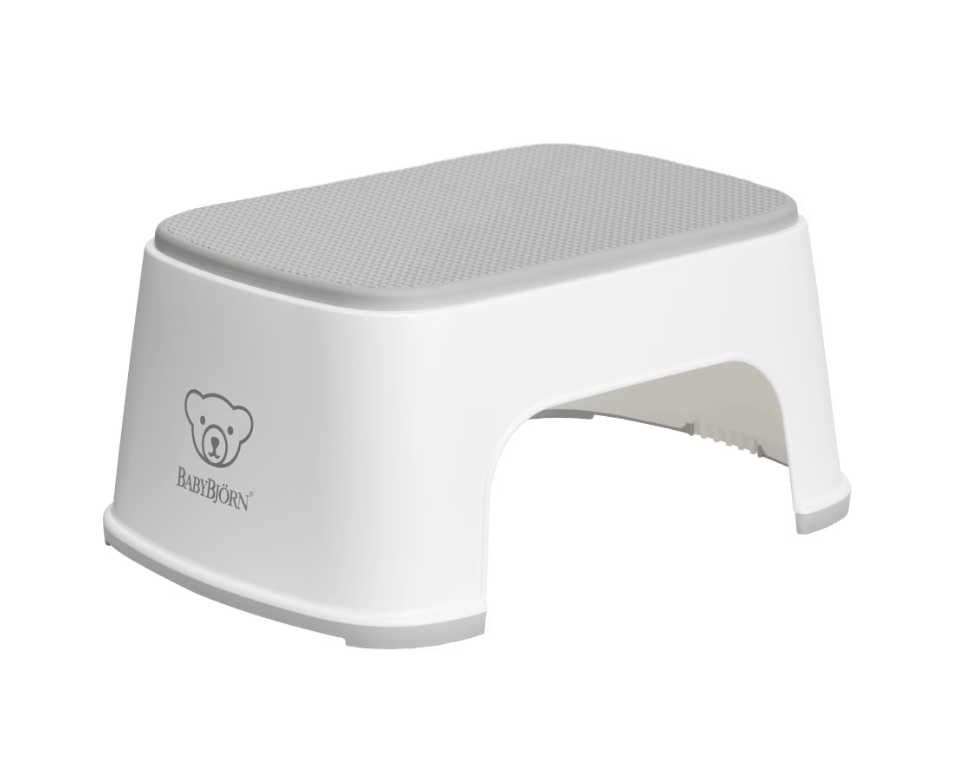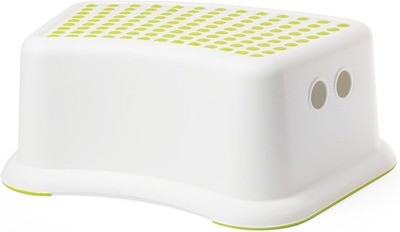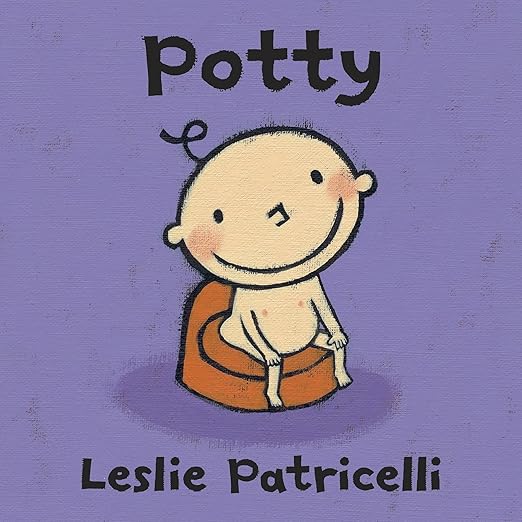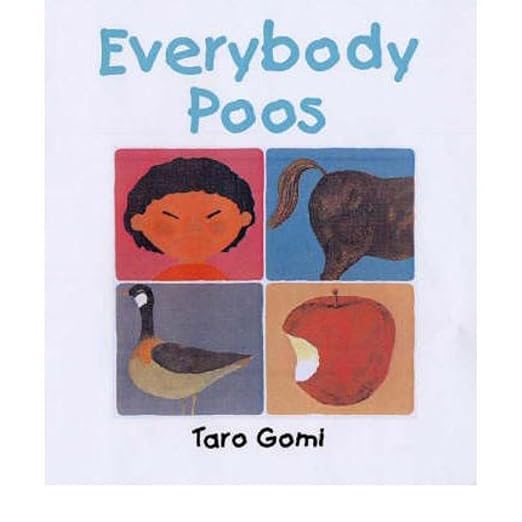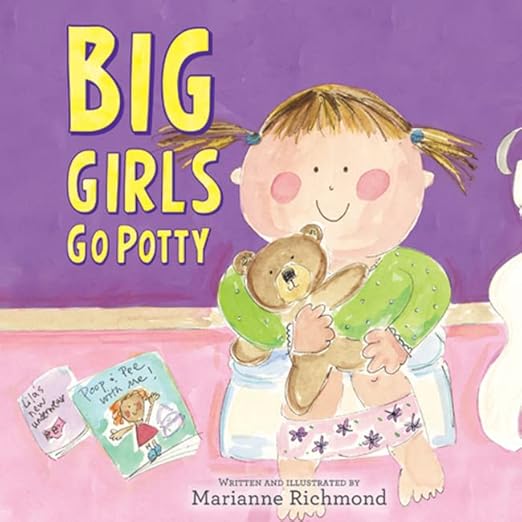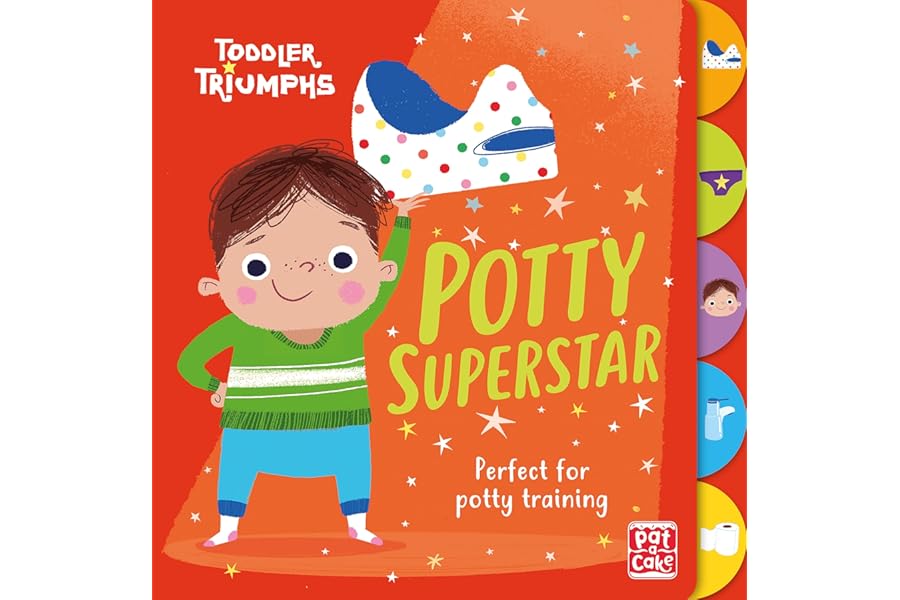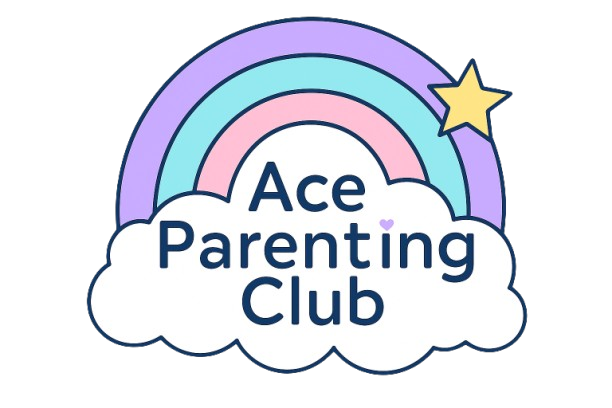Potty training your toddler can be unpredictable. Some days feel like real progress, and others will seriously test your patience.
We’ve been through it twice with our little ones, and it’s rarely as straightforward as you hope. One moment you’re celebrating, the next you’re wondering if you’ll ever see a dry nappy again. But with a bit of patience, a few practical tips, and plenty of encouragement, it does get easier. Here are five things I wish someone had told us before we started potty training.
1. Knowing When Your Toddler Is Really Ready
When should you start potty training? Honestly, that question had me Googling at 2am more than once. It’s so tempting to jump in as soon as you feel like your toddler should be ready. But starting too soon can lead to a lot of stress for both of you.
From our experience, the real turning point was learning to follow our kids’ cues instead of the calendar. Some of the signs we looked for included:
- They were staying dry for longer stretches, like two hours or more during the day.
- They were curious about the toilet or wanted to sit on the potty, even just for fun at first.
- They started telling us when they needed a wee or poo, or let us know right after.
- They didn’t like sitting in a wet or dirty nappy anymore.
- They could sit still long enough to try and follow simple instructions.
If you’re seeing a few of these signs, you’re probably on the right track. If not, that’s completely okay too. Every toddler gets there in their own time. What worked for one of our kids didn’t work at all for the other. Try to take the pressure off and let your child lead the way when they’re ready.
2. Getting the Right Potty Training Gear Makes All the Difference
When we finally decided to start potty training, having the right gear really changed everything. Picking a potty that’s the right size for your toddler or a potty seat that fits securely on the toilet can make them feel a lot more comfortable and confident.
We also found a sturdy step stool was essential. It gave our kids the independence to climb up and down safely without needing constant help. And training pants? Absolute lifesavers when we were out and about and not quite ready to risk full underwear.
On top of that, reading potty training books and watching videos with our toddlers helped make the process feel less scary and even a bit fun. If you’re wondering about rewards, we found a simple sticker chart was a great motivator for the kids and it helped us stay positive through the ups and downs.
3. It’s Completely Normal to Make Mistakes Along the Way
Potty training doesn’t come with an instruction manual, and believe me, we made plenty of mistakes. Starting too early, expecting everything to be perfect right away, or getting frustrated when accidents happen are all totally normal challenges.
It’s also really important to pay attention if your toddler seems scared or uncomfortable. Potty training isn’t just about physical readiness, it’s just as much about how they feel emotionally. One thing that helped us a lot was sticking to a consistent routine. Toddlers do best when they know what to expect, and routines give them that comforting structure.
4. Night-Time Potty Training Is a Whole Different Challenge
If you think daytime potty training is tricky, wait until night-time comes into play. For us, it took a lot longer for the kids to stay dry overnight. One thing that really helped was waiting until they were reliably dry during the day before focusing on nights.
We found cutting back on drinks about an hour before bedtime made a difference. Using a waterproof mattress protector saved us a ton of stress, and we also tried something called the ‘dream wee’ gently waking them to use the potty just before we went to bed.
Celebrating dry mornings kept everyone feeling positive, but when setbacks happened, I reminded myself it’s all part of the process and nothing to stress over.
5. When Potty Training Gets Tough, Don’t Panic
Potty training can definitely throw some challenges your way, but you’re not alone in this. If your toddler seems scared of the potty, I found that keeping it in the playroom helped make it feel less intimidating and more like part of their world.
Sometimes toddlers hold on to their poo, which can be tricky to handle. Adding more fibre to their diet and making sure they drink plenty of fluids really helped us. Staying calm through these moments made a big difference.
Accidents when you’re out and about are almost guaranteed, so having spare clothes and a travel potty ready to go was a total lifesaver.
Big life changes, like moving house or welcoming a new sibling, can also cause setbacks. When that happened, we just paused potty training for a while and picked it back up once things settled down.
When your toddler starts pushing back, offering small choices, like which potty to use or which sticker to pick, can give them a sense of control and help keep the process more positive for everyone.
Our Final Thoughts
Potty training is a big deal for both you and your toddler, and it’s completely normal to have good days and challenging days. Every child learns at their own pace, so don’t worry if your journey looks different from others.
What helped me most was staying patient and celebrating even the smallest wins, like a dry nappy or a successful potty trip. You’re doing an amazing job, even when it feels tough, and your little one is lucky to have you right there with them.
Take it one day at a time, trust your instincts, and remember that with patience and encouragement, you’ll both get there together.
Frequently Asked Questions About Potty Training
There’s no one-size-fits-all answer. Most children show signs of readiness between 18 months and 3 years, but some may be ready earlier or later. Look for signs like staying dry for longer, showing interest in the potty, or telling you when they need to go. It’s more about developmental readiness than hitting a certain age.
